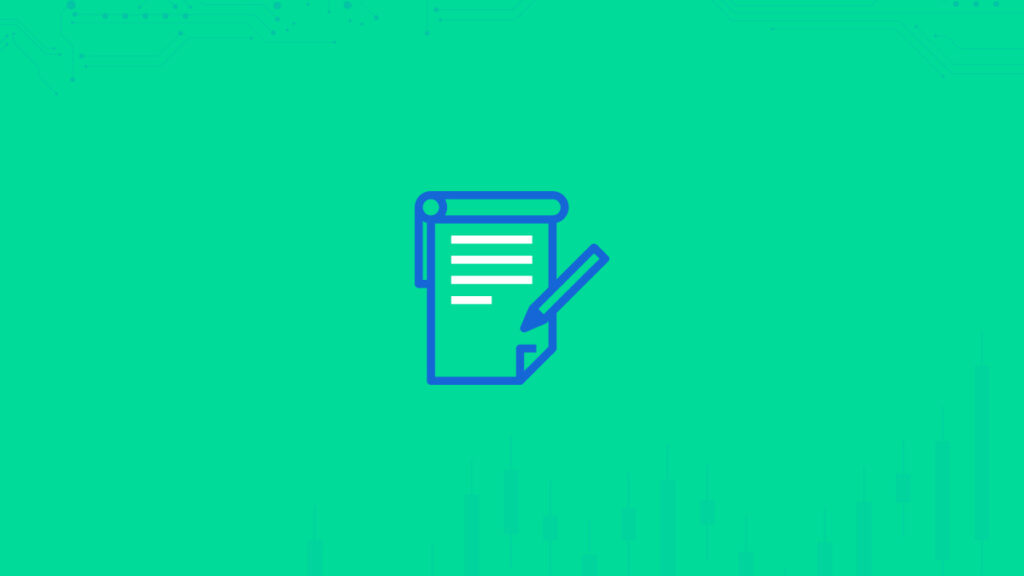Just like we have a regular health check-up, so does our investment portfolio!
While for our medical check-up we consider certain parameters and compare them with reference points, deriving a conclusion becomes easy.
What about your portfolio?
What do we essentially understand by your portfolio health check?
Why is it important to check your portfolio health?
Is it just restricted to portfolio rebalancing, or there are further parameters to consider?
In today’s blog article, let us try to answer and understand the above questions!
There is ‘n’ a number of pivotal models which exist to check your portfolio head in today’s time.
Our main focus is to understand the prime questions that you need to ask yourself as part of your portfolio health check, the pros and cons can follow.
1. Portfolio parallelism with the market conditions
Investors’ aim of investing is to generate long-term wealth, but it is crucial that your portfolio doesn’t take a hit because of the market conditions!
What does that mean?
Parallelism with the market means, your portfolio must perform not only when the market trends but also when it dips or at least doesn’t deplete much of your hard-earned profits!
You must have constantly come across the market sentiments and news constantly emphasizing on P/E ratio, which further quote saying, When the P/E of stock is 11 then it is a historical low.
This means an investor’s portfolio must predominantly be invested in equities.
Similarly, if you are more aligned on the bond yields side and expect the market to fall, note that there is a portfolio portion that must benefit from long-dated debt.
Therefore, understand that a through Portfolio health check we make sure that your portfolio coincides with the current market trends and realities.
Click here to know about Automotive Investing with Artificial Intelligence.
2. Risk profile
Risk profiling is a major portfolio health deciding criterion.
For example, each age criteria has a different range of equity exposure and as we move on with the age factor it is idealised to lessen the investor’s exposure to equities and prioritise more on exposure to debt.
Likewise, as an investor’s goals get accomplished one needs to ensure that to maintain good portfolio health and to nullify the noises in the market, a gradual shift from equity towards debt is always considered safer.
In the same fashion, prioritising more on insurance covers to support your risk appetite increases, considering you repay your liabilities which in a way increases your risk appetite gradually.
Ultimately an investor’s portfolio health check should reflect the above-changed reality.
Click here to know all about Risk and Investing.
3. Asset mixes
A good portfolio’s asset mix consists of equity, debt, liquid assets and gold which forms a strong foundation to secure your future in terms of investments.
But is this asset mix a one-time show?
How often should an investor focus on reshuffling the asset to maintain a balanced portfolio?
Picking up from the above point, “An investor must move towards the debt from equity as he starts advancing in age. And secondly, as your targets are achieved your asset mix must be reshuffled!”.
This ‘re-shuffling’ must be first towards debt and then gradually focusing on liquid assets so that the liquidation costs are minimal.
Lastly, an investor’s portfolio health check should also focus on asset classes like REITs, InvITs, and structured products which might help you with the required alpha.
4. Portfolio’s sensitivity
Let us consider that your debt portfolio aims to stay invested from a long-term perspective.
This makes your portfolio extremely vulnerable to aspects like interest rates hiking, especially considering the RBI.
When an investor’s debt is due for long-term maturity, note that even a small spike in rates would mean facing a disproportionate impact in terms of price depreciation, which could get serious!
Similarly, if your equity portfolio goes in toss encouraging rate sensitives or commodities, an investor needs to be very cautious.
These conditions act as noise for the portfolio which detoxicates the portfolio health considerably.
Hence, to avoid such situations sensitivity analysis is an integral part of your portfolio health check.
5. Hidden risks in your portfolio
While building a portfolio, the worst case |scenario is always considered.
Note that these cases are not black swan events but these are some default hidden risks like some bond holdings where the companies are in financial crisis.
AN investor’s portfolio, considering aggressive (which predominantly consists of equity) could be exposed to hidden risks like leverage or lack of liquidity.
These risks are hidden and reflected over time.
Therefore, an investor needs to keep a tab and must rebalance from time to time.
6. Portfolio Rebalancing
When you do a portfolio health check, the prime question lies in whether it is a good time to rebalance your portfolio or not!
A meaningful rebalancing would imply substantive changes in the asset mix.
Note that, portfolio rebalancing comes with an inherent cost in terms of the transaction, statutory and of course taxation.
A good investor is patient enough to evaluate the impact net of all these costs.
One also needs to reflect straightaway on the periodicity of rebalancing; whether it should be annually, once in 3 years subject to stimuli.
A regular portfolio health check is a must for any portfolio.
Most of the models are really sophisticated and robust.
But you need to understand what you are trying to achieve through a portfolio health check.
